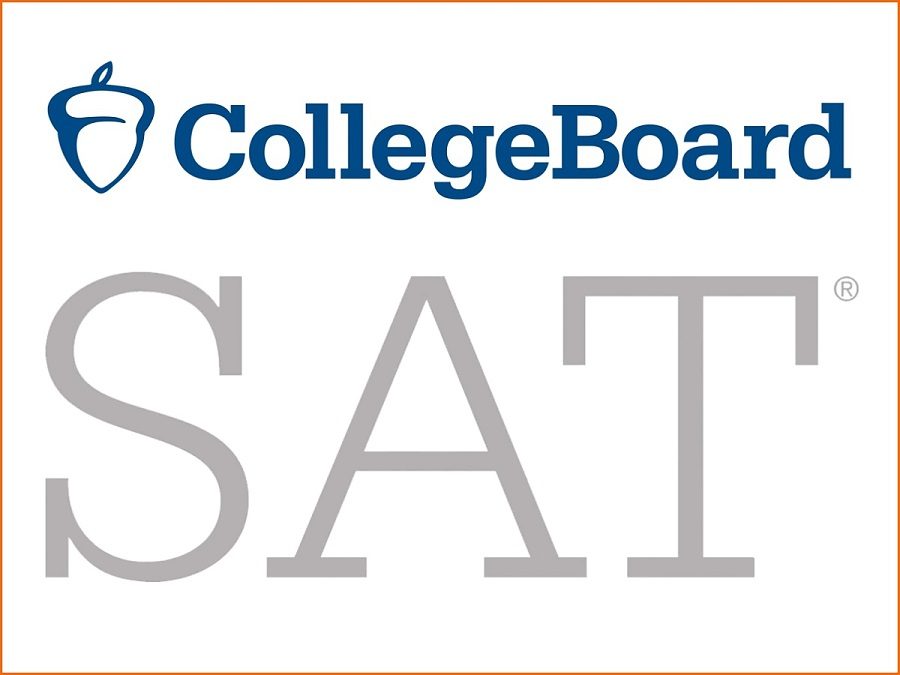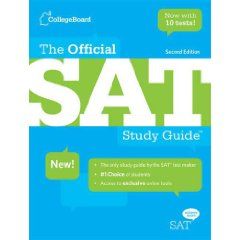The traditional ACT remains a pivotal moment in a student’s academic journey. Practice tests are not just a preparation strategy—they are the cornerstone of comprehensive test readiness. This guide will explore how strategic practice testing, combined with advanced diagnostic tools like Socrato, can transform your ACT preparation.
The Anatomy of an Effective ACT Practice Test
1. Simulating Real Testing Conditions
Successful ACT preparation hinges on creating an environment that mirrors the actual test experience:
- Exact timing for each section
- No external distractions
- Use of permitted materials
- Identical testing protocol
- Psychological preparation
2. Comprehensive Section Coverage
Practice tests should comprehensively address:
- English Section
- Grammar mechanics
- Punctuation rules
- Sentence structure
- Rhetorical skills
- Mathematics Section
- Algebra concepts
- Geometry principles
- Trigonometry basics
- Data interpretation
- Reading Section
- Passage comprehension
- Critical analysis
- Inference skills
- Time management
- Science Section
- Data analysis
- Scientific reasoning
- Experimental interpretation
- Graph and chart reading
Bubble Sheet Grading: A Game-Changing Approach
Why Automated Grading Matters
Bubble sheet grading system represents a technological breakthrough in test preparation:
Key Advantages
- Instant, accurate scoring
- Minimal human error
- Comprehensive performance analysis
- Detailed diagnostic reporting
- Objective performance assessment
The Grading Process
- Optical Recognition Technology
- Precise bubble sheet scanning
- High-speed processing
- Consistent accuracy
- Secure data handling
- Instant Diagnostic Generation
- Immediate result availability
- Comprehensive performance breakdown
- Skill-level identification
- Comparative analysis
Socrato also provides all the ACT practice Test bubble sheet grading,
The Power of Instant Diagnostic Reports
Understanding Your Performance DNA
Instant diagnostic reports provide:
- Granular skill assessment
- Precise weakness identification
- Targeted improvement strategies
- Performance tracking
- Personalized learning pathways
Diagnostic Report Components
- Section-specific performance metrics
- Question-level accuracy
- Skill category analysis
- Comparative benchmarking
- Recommended study focus areas
Strategic Preparation Using Diagnostic Insights
The Five-Step Improvement Cycle
- Take Comprehensive Practice Test
- Simulate actual testing conditions
- Use Socrato bubble sheet
- Follow strict timing protocols
- Process Through Advanced Grading
- Utilize Socrato’s optical recognition
- Ensure accurate, instant scoring
- Generate comprehensive report
- Analyze Diagnostic Report
- Identify specific skill gaps
- Understand performance patterns
- Recognize strength and weakness areas
- Develop Targeted Study Plan
- Focus on identified weak areas
- Create personalized improvement strategy
- Allocate study time efficiently
- Re-test and Track Progress
- Implement focused preparation
- Take subsequent practice tests
- Monitor continuous improvement
Psychological Benefits of Structured Preparation
Building Test Confidence
- Reduce test anxiety
- Understand personal performance
- Develop strategic approach
- Create measurable improvement path
Technical Considerations
Optimal Practice Test Strategy
- Consistent testing schedule
- Use official ACT materials
- Leverage technology
- Maintain detailed performance records
Conclusion: Your Path to ACT Excellence
Practice tests, when combined with advanced diagnostic tools like Socrato, transform test preparation from a guessing game to a strategic, data-driven process.
Key Takeaways
- Practice tests are essential
- Technology enhances preparation
- Diagnostic insights drive improvement
- Personalized strategies yield results










